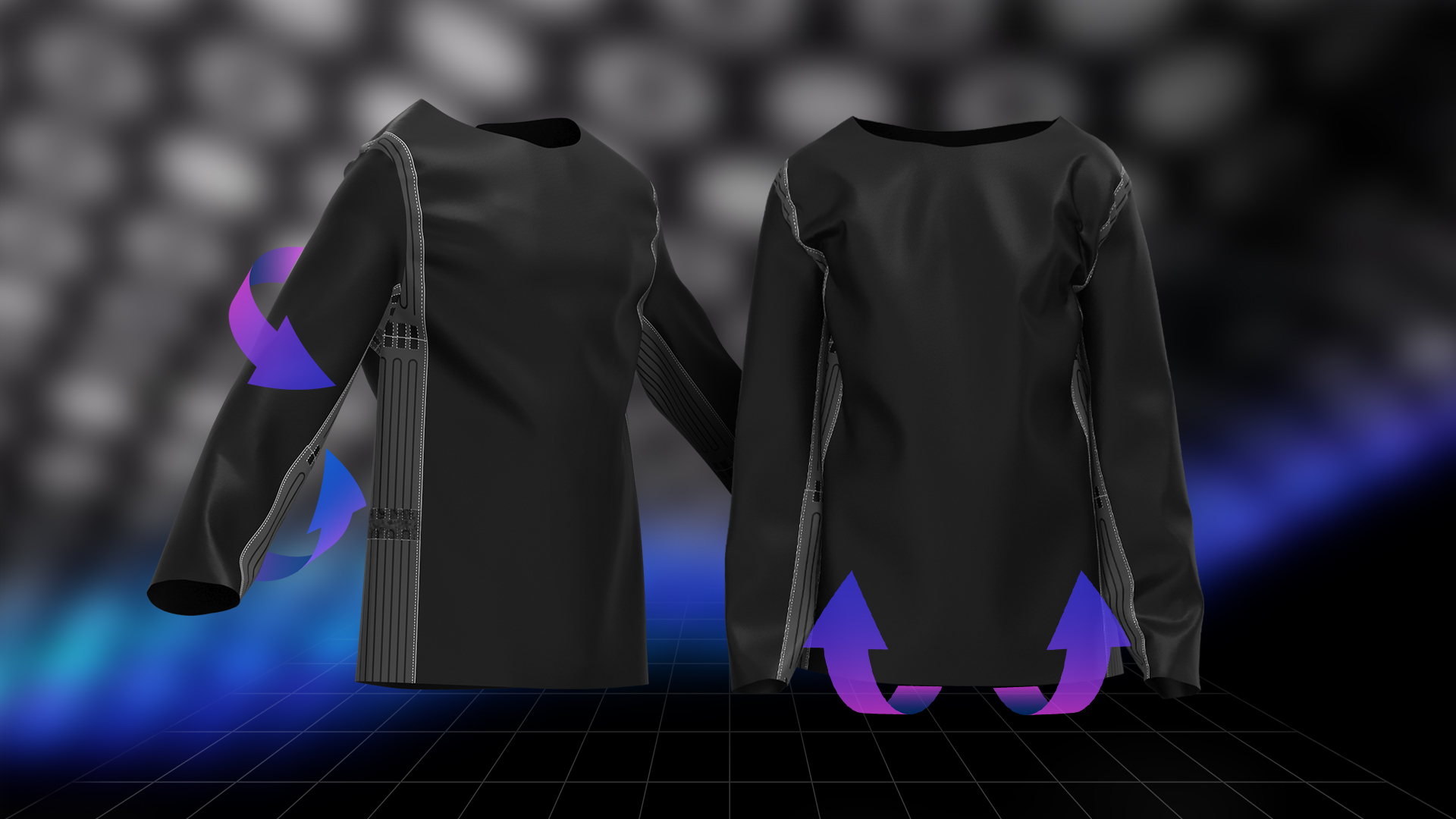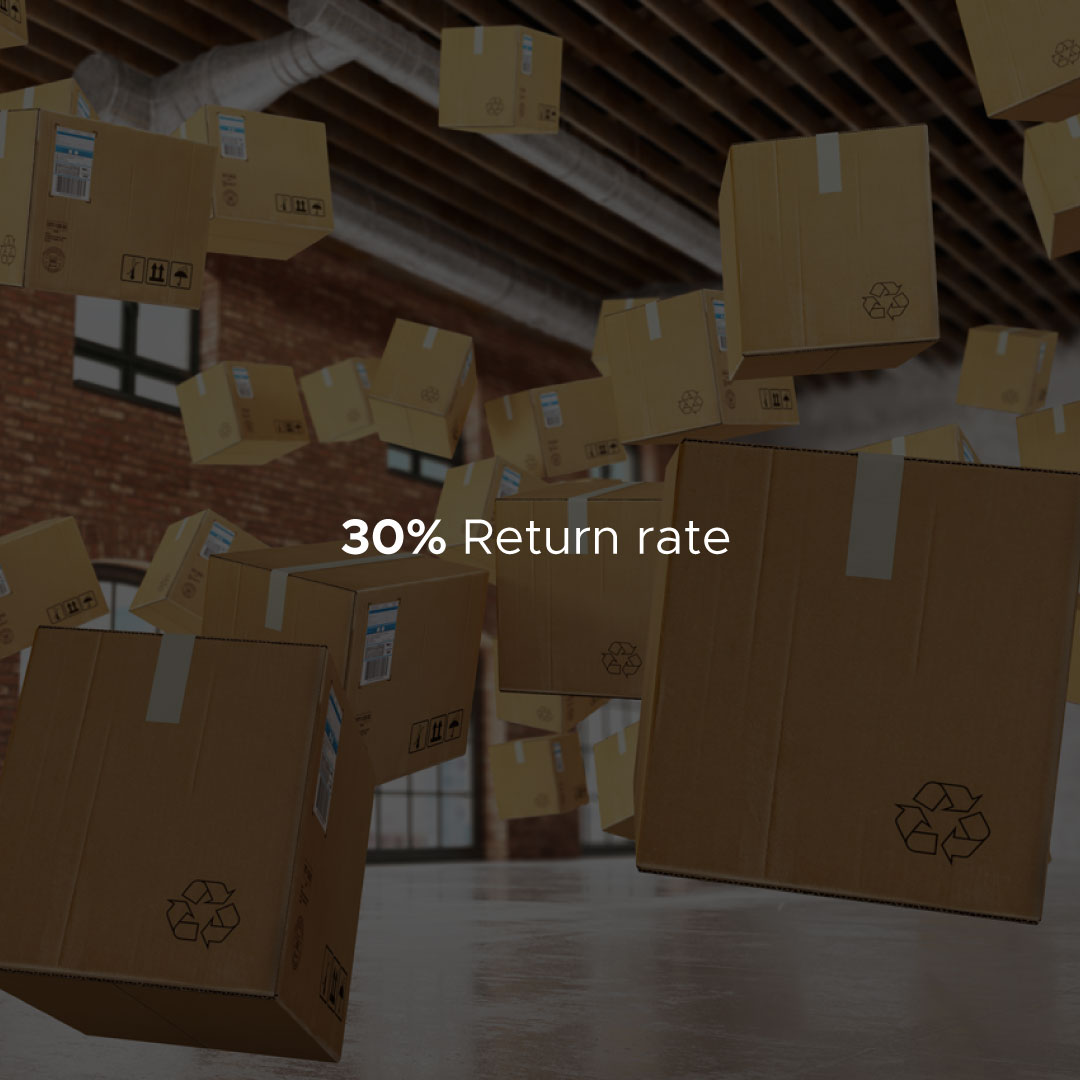
Mono-fold
Project type:
Duration:
Category:
Role:
Duration:
Category:
Role:
Academic Solo Project
January 2022 - January 2023 (12-months)
Human Computer Interface (HCI), UX/UIDesign
Ideation, Design, and Engineering
January 2022 - January 2023 (12-months)
Human Computer Interface (HCI), UX/UIDesign
Ideation, Design, and Engineering
⅓ of packages go back to where they came from.
With great convenience comes great responsibility. As much as e-commerce has benefited everyday life, it has negatively impacted the environment. One of the most significant factors contributing to the environmental burden of e-commerce is returns - returns unnecessarily double transportation and delivery packages, contributing to carbon emissions and landfill waste. And consumers return clothes due to a lack of information communicated through the web.
To revolutionise the current online shopping experience, I decided to bring digital clothes measurements to the physical world rather than transferring physical body measurements to digital software. Mono-fold allows users to physically try digital clothes sold on e-commerce to find their preferred size and silhouette. As a result, every individual is left with their unique mono size.
Bridging physical and digital sizing.
Online

According to CBRE’s December 2020 forecast, the average return rate for the e-commerce industry is 30%.
Brick-and-Mortar

On the other hand, the average return rate for brick-and-mortar stores is only 9%. Physical shopping experience can drastically reduce returns.

Foldable Length Sensor
The first sensor is a foldable length sensor that can measure the physical length of the clothes online. The sensor measures the length when one side of the textile touches the opposite side. The physical lengths will be compared to the size chart available on every fashion e-commerce website.

